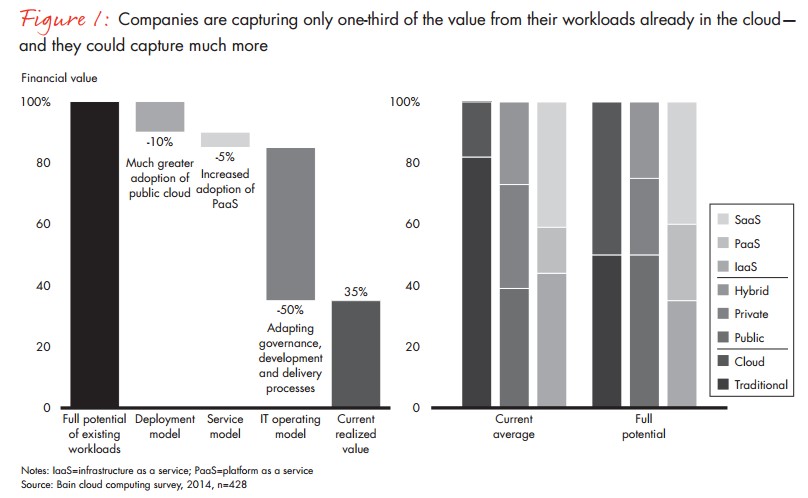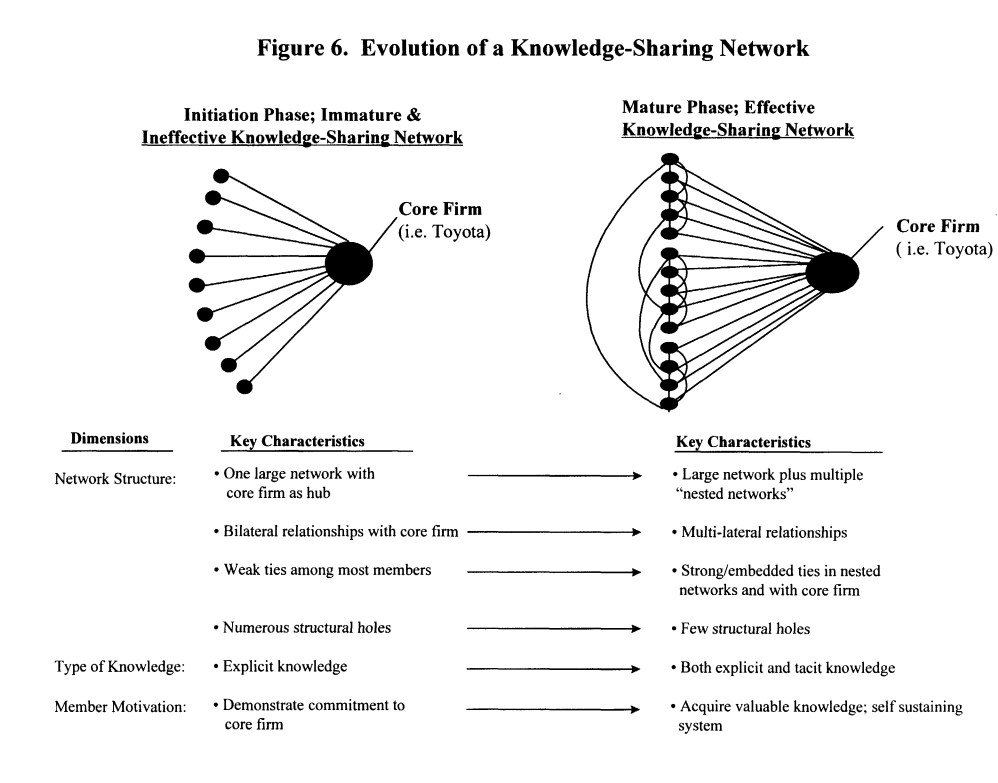The proliferation of cloud services and mobile devices in enterprises is making it more difficult for IT and IM administrators to keep track of and manage content according to a recently published survey.
The Association for Information and Image Management (AIIM) surveyed 434 organisations globally to gain a better understanding of the factors influencing enterprise content management deployment.
The results suggest ECM as is commonly known to or practiced in enterprises is quickly disappearing, in part because data is now more decentralised than ever before, and because applications used to manage content in a multi-cloud, multi-device landscape aren’t being adopted.
While 39 per cent have some degree of mobile access for content in ECM platforms, only 5 per cent have widespread access for staff and project partners and less than 20 per cent have comment, edit and process interaction capability.
“There is no doubt that organisations still require their content to be managed properly, but the term ‘ECM’ is past its prime as a description of the revolution that is being driven by mobile, analytics, cloud and collaborative technologies,” said AIIM president John Mancini. “Organisations are desperate for best practices to deal with the technology disruption that is occurring.”
ECM has evolved in the past few years, particularly in terms of the breadth of capabilities enterprises now require to manage their content. The massive proliferation of mobile devices and (sanctioned and unsanctioned) cloud services – and more pressingly how those cloud services link up with one another – is starting to force enterprises to adopt different strategies and technologies to help manage content, and has if anything accelerated demand for e-discovery tools and cloud-based repositories like Box.
“All of this data points to an industry in transition. There are still many organisations that can benefit from more traditional ECM solutions that automate document-intensive processes. But there is also an explosion of content outside the realm of these kinds of structured processes, along with a revolution occurring in how, where, and when knowledge workers do their jobs. Even among the current users of ECM technologies, 52 per cent believe that within five years, ECM systems will be an undifferentiated part of the IT infrastructure.”





